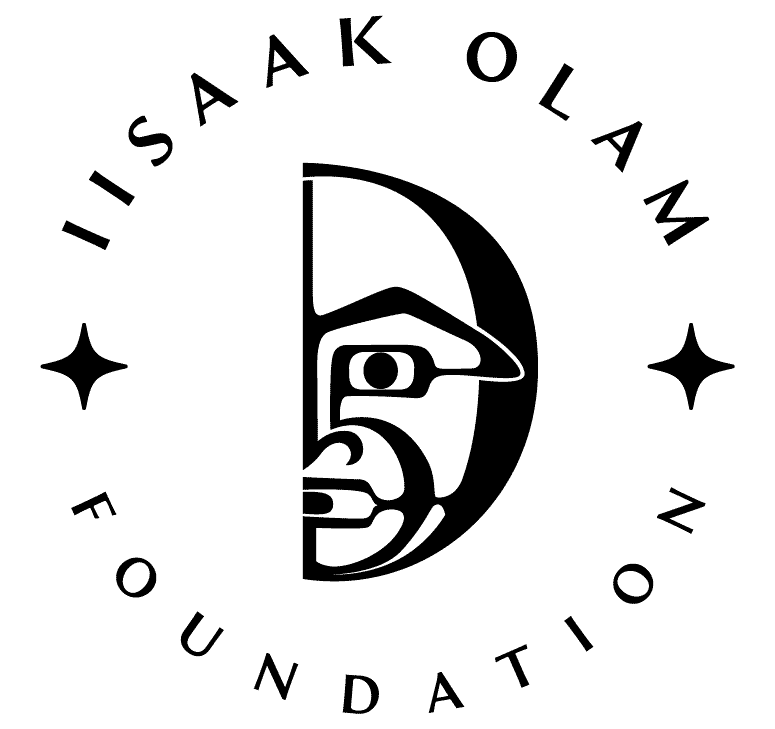Read the full article here.
Canada’s climate commitments rest in Indigenous Protected and Conserved Areas — often called IPCAs. While the concept isn’t new, it’s gaining better recognition and funding from, at least, some governments.
Indigenous Protected and Conserved Areas (IPCAs) seem to be popping up everywhere lately — most recently in March, when the Simpcw First Nation declared the Raush Valley IPCA in their homelands.
IPCAs, which are governed by Indigenous nations and laws, represent a massive opportunity in the collective effort to preserve biodiversity, fight climate change and recognize Indigenous Rights.
To date, the federal government has committed more than $1.2 billion to Indigenous-led conservation efforts since 2018, including $800 million announced in December 2022, which will support four Indigenous-led conservation areas that will collectively protect up to one million square kilometres of land and water.
In June 2023, Environment and Climate Change Canada told The Narwhal 59 Indigenous-led conservation proposals had been funded since 2018, each aimed at recognizing or establishing a protected or conserved area. Some of these, they add, may lead to IPCAs.

Photo: Taylor Roades / The Narwhal

